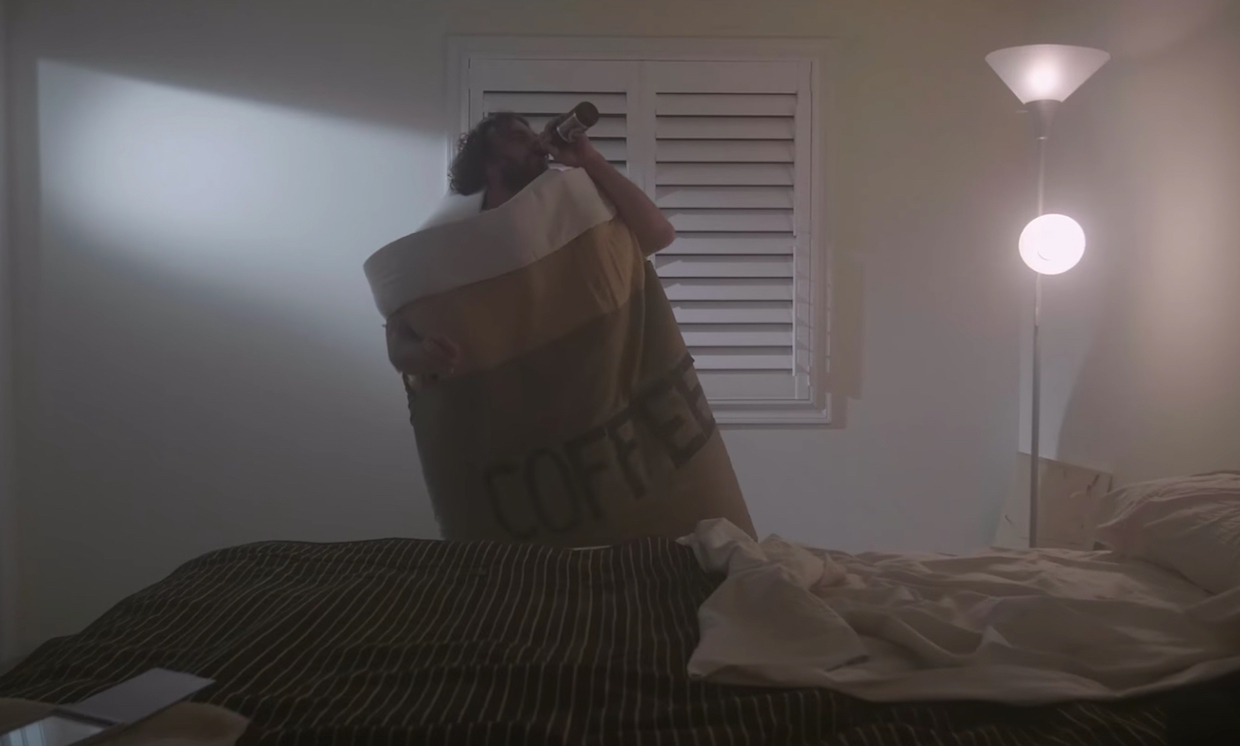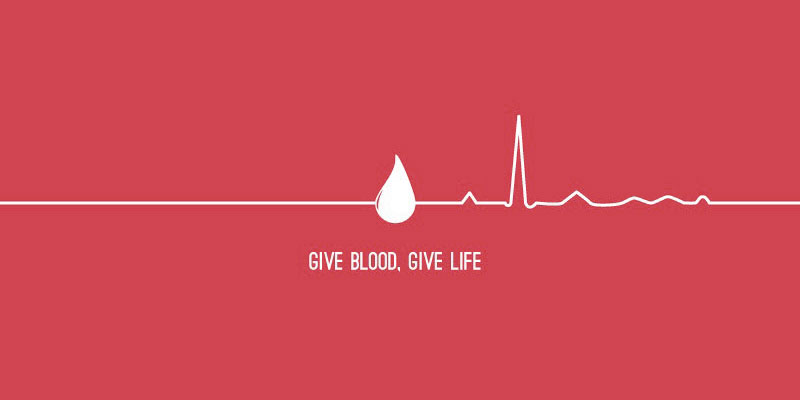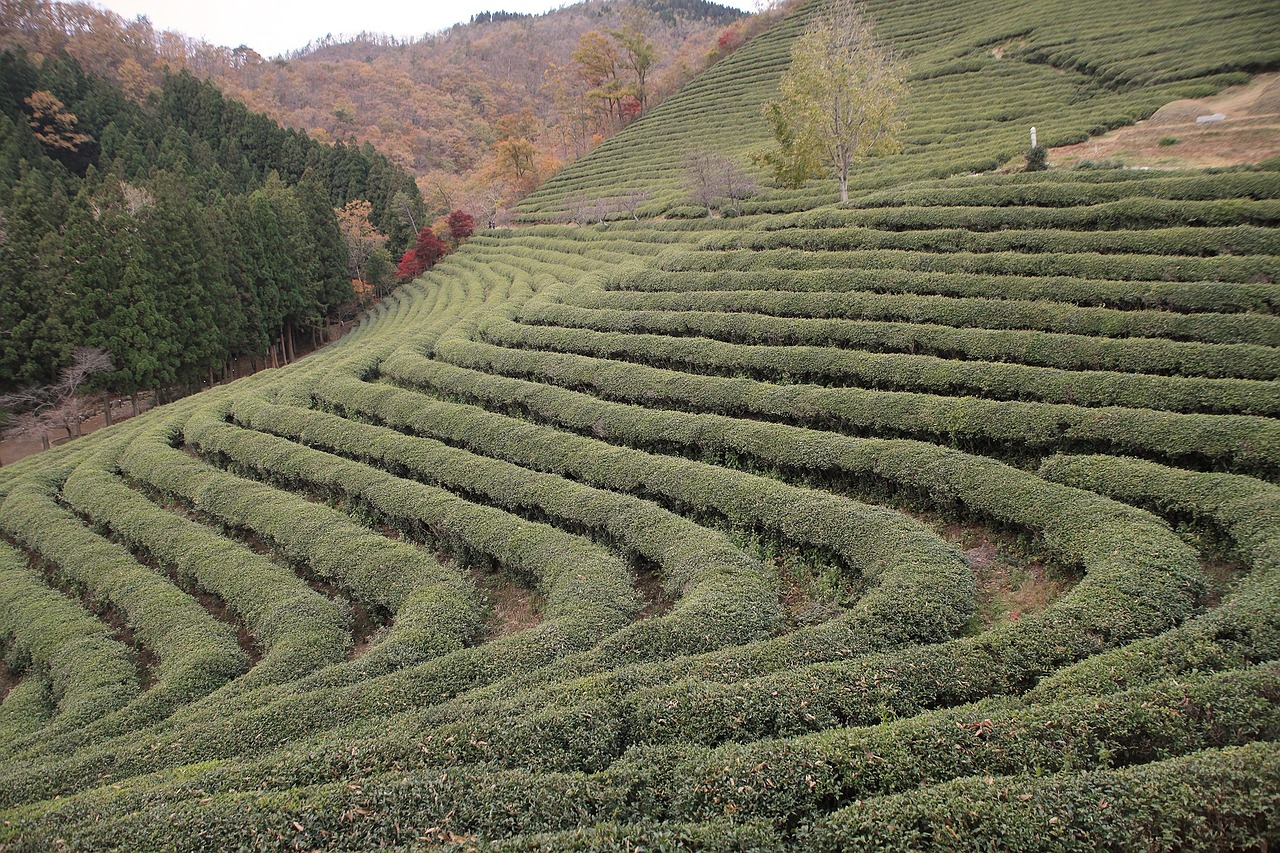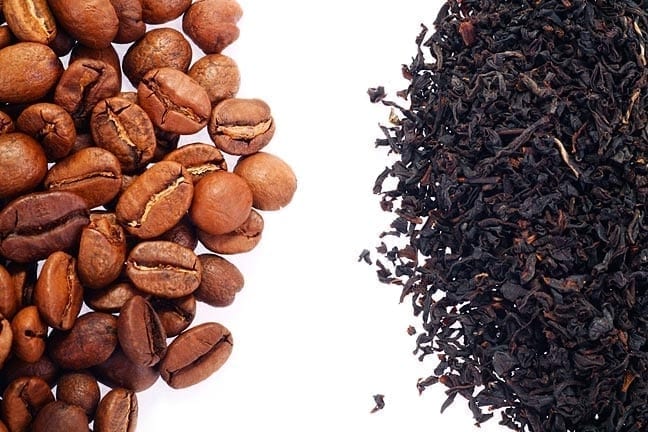If you are currently following a ketogenic diet, also called keto, then you have probably…

The Extraction is Singing About Exceptionally Bad Coffee
Legendary comedian Jerry Seinfeld has been spending a lot of time driving to coffee places in cars with fellow comedians. Yet at home, it seems Seinfeld prefers fine espresso to diner-quality drip. Architectural Digest took a look at his house in the Hamptons, where it was revealed how he rolls, at least during his summers:
The veteran comic apparently owns a $17,000 coffee maker—an Elektra Belle Epoque espresso machine, to be exact—that he keeps in the home in the Hamptons where he and his wife, Jessica, summer. The gadget is perhaps fitting given the expansive (and expensive) scope of the home, which sits on 12 acres of lush oceanfront property in Amagansett, New York, and was sold to the Seinfelds by music legend Billy Joel for $32 million back in 2000.
We switch now from Seinfeld summers to Laura Sommers, the founder of Seattle-based Espresso Supply, which is the parent company of equipment manufacturer Bonavita. Sommers sat down with Quiddity this week to share some of her personal history, along with some of her remarkably deep perspectives on the coffee industry:
You’re headquartered in Seattle. How does the local coffee culture influence your brand?
I hate to admit that the coffee culture in Seattle is somewhat tribal. The relationships go back 25 years and together we have all experienced the growth of the industry and the changes it has brought. It has created a bond that is hard to describe. With access to other coffee professionals, it was relatively easy to get feedback on products and determine market needs. The products continue to evolve as the industry changes.
Reuters has reported that the Colombian government officially earmarked assistance funds its coffee farmers, who are collectively suffering from the disastrously low C-market prices of late:
The federation, which represents some 550,000 Colombian coffee-growing families, will form a round table with government representatives to decide a price level that will allow use of the money and how it will be distributed, federation chief Roberto Velez told reporters in Bogota.
“We have just finished the National Committee of Coffee Growers, where the anguish is the low price,” Velez said in a joint press conference with Finance Minister Alberto Carrasquilla.
“We agreed on the creation of a round table, where we will first agree on the trigger price, and second, what will be the mechanism by which these resources will be delivered.”
While coffee prices bottom out (hopefully soon), other projects continue to depend on the crop’s economic potential. One interesting example is in Uganda, where Gorilla Conservation Coffee was profiled by The East African this week. The social enterprise brand aims to save the lives of gorillas sickened by scarecrows dressed in scabies-infected clothes, while also helping the farmers barely living on the income from those crops:
This is where Conservation Through Public Health came in. “It was the start of Conservation Through Public Health in 2003 because we realised that we had to improve community health if we were to save the gorillas,” says Dr Kalema-Zikusoka.
Since poverty plays a big role in keeping people unhealthy, she saw an opportunity to improve the livelihood of farmers while saving the gorillas at the same time.
Although coffee is a premium cash crop, the farmers were receiving a pittance for the world’s best loved beverage.
CTPH came up with a social enterprise, the Gorilla Conservation Coffee in 2015, an idea that has transformed the lives of the coffee farmers and the great apes.
“If we could lift the farmers out of poverty by getting better prices for their coffee, we could improve their living standards and save the gorillas. This became our focus,” she says.
The American Red Cross has its own special place for the specialty coffee community. The organization now has a Specialty Coffee Professionals blood donation team whose progress can be tracked by a handy smartphone app, to help coffee workers better understand the impact their blood donations can make. Per a press release from Coffee Enterprises Vice President Spencer Turer:
This team, which is one of over 26 thousand teams at the American Red Cross, utilizes the mobile application to track donations and lives saved, and more importantly records the collaborative impact of the coffee industry’s contribution. Examples of donation teams are college alumni associations, company employee groups, church/synagogue members, city and town groups, etc. Donation teams are accessible on the mobile application, which is very easy to use and is available for both Android and Apple devices. The mobile application is multi-functional as it is used to schedule appointments, track your donation history, and follow your donation’s journey.
In Korea, the rapid explosion of coffee consumption in recent years has corresponded with a precipitous drop in the country’s traditional tea consumption. The Korea Times reported that this has lead some tea advocates to cry foul:
In the mid-2000s, annual tea sales peaked at 200 billion won ($178 million). The tea market then was viewed as promising as tea consumption had increased faster than coffee.
What happened in the past decade is the opposite.
The tea market has shrunk to 50 billion won ($45 million), whereas then 400 billion won coffee market has expanded to 7 trillion won ($6.2 billion).
The shift in the local beverage market has led to a blame game among those involved in the tea industry.
Some tea farmers raised a conspiracy theory, claiming corporate money wielded influence to rattle the beverage market in favor of coffee producers.
It’s not all boom for coffee in South Korea. The country is banning all coffee sales in schools, to students and teachers alike, citing health concerns. CNN picked up the story:
The Ministry of Food and Drug Safety hopes the ban will help children foster healthier food habits after cases of students consuming excess levels of caffeine during exam periods, with children often facing intense academic pressure, an official from the ministry told CNN.
Other beverages with high concentrations of caffeine, such as energy drinks, are already banned in schools.
If California’s coffee-related Prop 65 quagmire is any indication, South Korea might want to avoid digging itself into a hole of claims about the dangers of coffee products. Digging actual holes, meanwhile, has gotten a lot easier for hardworking Vietnamese coffee farmers thanks to a handy machine invented by amateur inventor Do Duc Quang. Vietnamnet offered a profile of the mechanic and his invention:
In the past, coffee farmers in the Central Highland province of Gia Lai did this manually but in the last ten years, they had another choice – using a machine made by a local amateur mechanic Do Duc Quang.
In 2008, Quang introduced his first invention – a machine that can dig soil and fertilise.
“The machine can do the work of ten manual workers,” he said, adding that with the machine and about six liters of petroleum, two workers can dig 200-300 holes a day.
Vietnam may specialize in growing robusta, but that’s not a bad thing. In fact the only truly bad coffee is the one that drinks, smokes and abuses both drugs and people in Canadian indie band The Sweet and Lowdown‘s latest music video, “Bad Coffee.” It is a naughty coffee, indeed:











